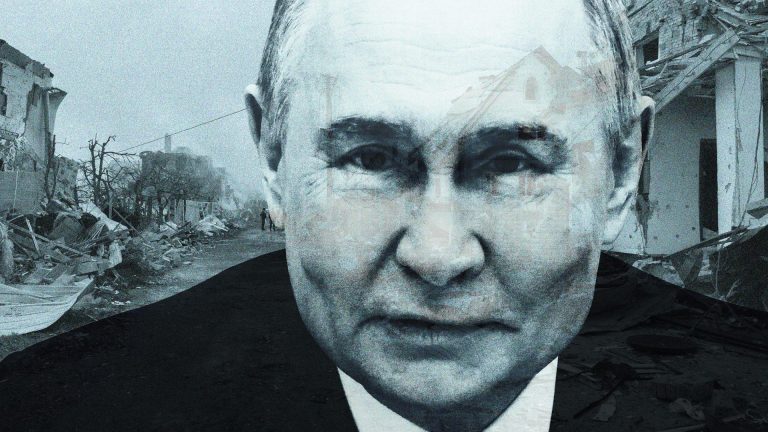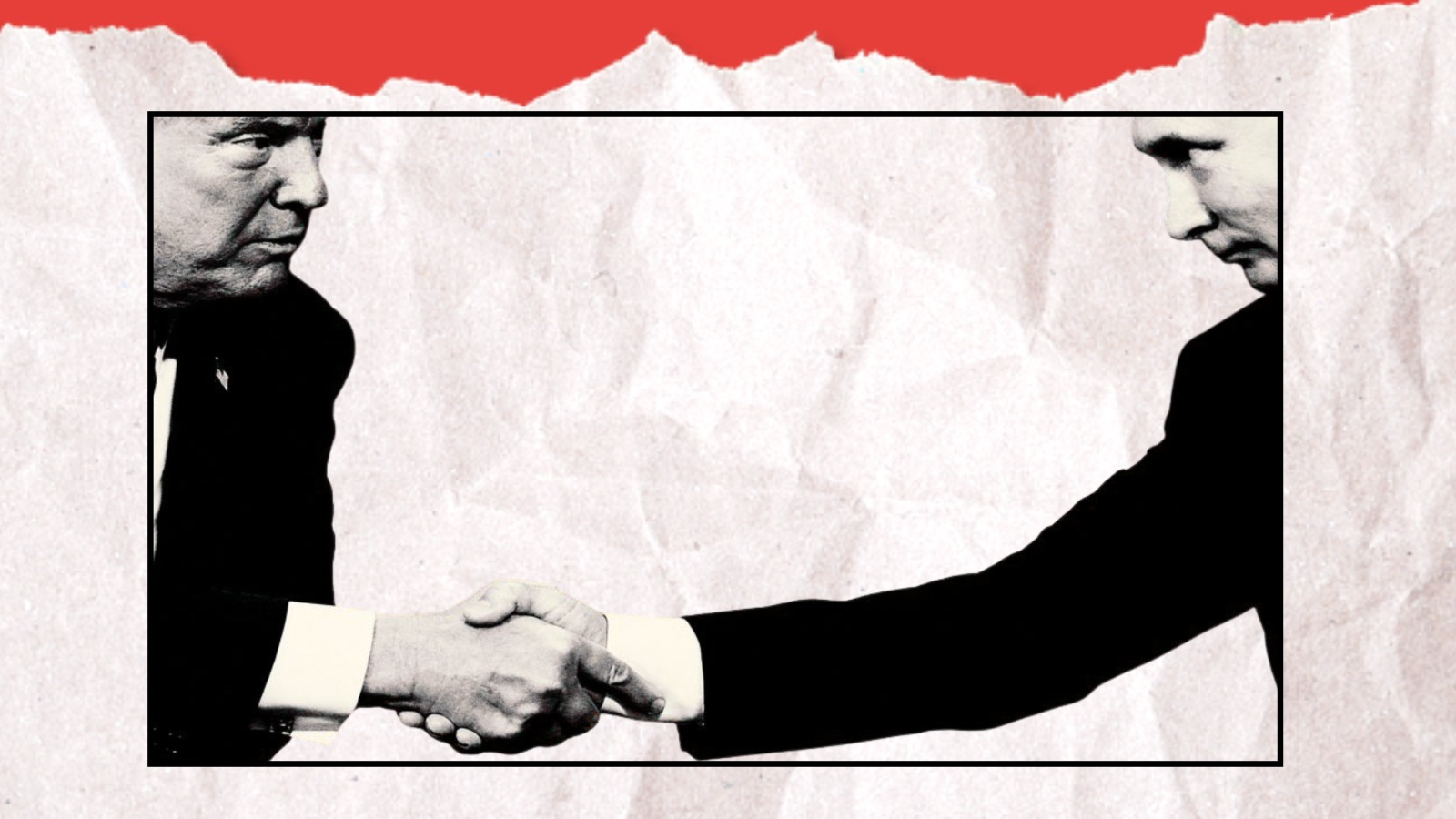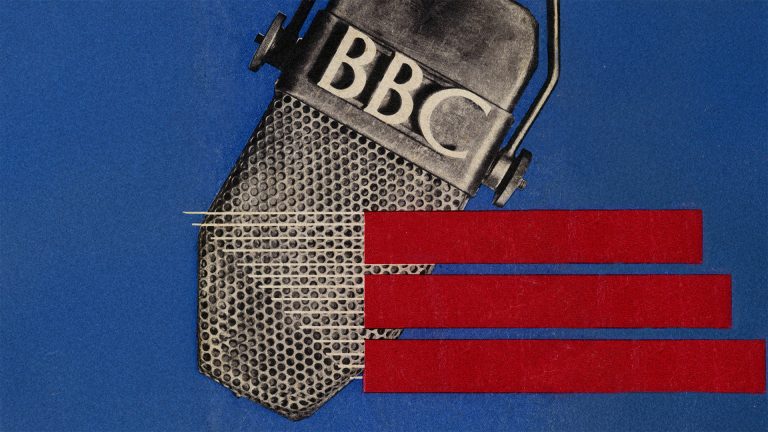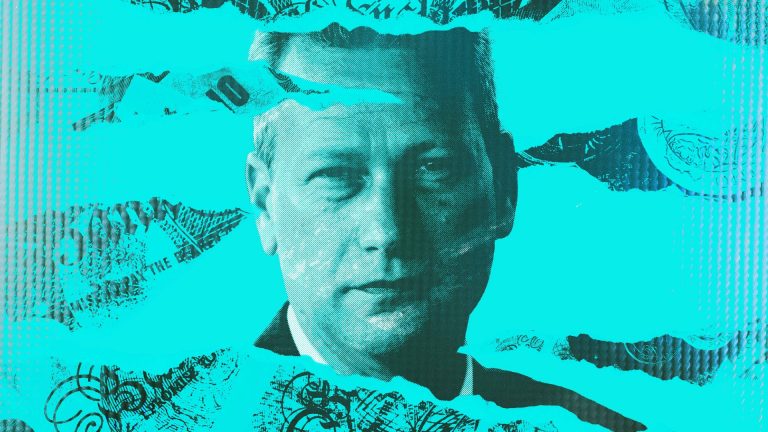Earlier this year, Politico Europe, the bible of the Brussels bubble, ran a front cover reporting fears that Donald Trump was hell-bent on destroying the EU. If the US president – whose disturbing tendency to believe the last voice he heard is well known – falls for Vladimir Putin’s charm on Friday and sells out Ukraine, he will do more damage to Europe than any trade tariff or attack on regulation could ever dream.
European leaders, including Keir Starmer, will have been encouraged by what they heard from Trump after a pre-summit call on Wednesday that the president – naturally – rated “10 out of 10”. Trump subsequently claimed he would make Putin face “severe consequences” if he did not agree to a ceasefire and promised he would not negotiate away Ukraine’s territory without the Ukrainians being in the room.
But Trump is Trump and Europe cannot be complacent. They know a sell-out could still happen, and how it could happen.
Let’s start by addressing what would constitute a sell-out. Trump says that a deal is unlikely at the Alaska summit, which he is describing as a “feel-out” rather than a formal negotiation to reach a ceasefire.
Yet Trump also says that on Friday he will discuss “land swapping” with Putin in order to halt or end the war. To break that down into its simplest interpretation: Trump will try to bring about peace in Ukraine by asking Putin how much of the country that he illegally invaded he would like to steal and keep, potentially forever.
The most likely course of action is that Putin asks for the moon and again stalls on a ceasefire. Trump would then tell the Ukrainians that they should continue fighting but also that they can count on getting very little support from his America First regime beyond more sanctions. In other words, best of luck.
This would leave Volodymyr Zelensky almost entirely reliant on European allies for the rest of the conflict. It would be a disaster not just for Ukraine, but for those very European allies trying to stop Kyiv from falling.
This terrible scenario would be a sell-out of everything the Ukrainians have done since Putin launched his full-scale invasion in 2022, but it could get even worse.
Trump’s dramatic mood swings, and perhaps the counsel of leaders like Keir Starmer, have seen him favour Kyiv over Moscow recently. He has warmed – a little – towards Zelensky and more considerably to European Nato allies after they agreed to increase their own defence spending, a long-standing Trump talking point.
Trump has been publicly angrier with Putin than at any other time in either of his presidencies and he has agreed to send more US-made weapons to Ukraine, though only if they are paid for by Europeans. He has increased tariffs on India for propping up the invasion by buying Russian oil.
That could all change after he spends time in a room with Putin, one-on-one. Putin will flatter Trump’s ego, offer him gifts and perhaps the chance of future business opportunities.
He will talk up the prospect of America and Russia as global superpowers who dominate their own regions and should not be at the whim of smaller neighbours. He will present himself not as a problem Trump must deal with, but as a fellow strong leader with whom Trump can share the burden of solving the world’s greatest challenges.
Trump could well walk out of that meeting once again thinking that he knows the secret to ending the war in Ukraine. All that angry little man in uniform has to do is give up large swathes of his country and let the grown-ups get on with more important things.
It will not take much prodding from Putin to make Trump quickly turn on Zelensky once again. The president said on Monday that he is “a little bothered” that Zelensky claims to need constitutional approval to cede to Russia the territory that it captured in its unprovoked invasion.
Trump quipped: “I mean, he’s got approval to go into a war and kill everybody, but he needs approval to do a land swap?” That suggests his contempt for Ukraine’s leader is still simmering away somewhere in his psyche – and that it is still wrapped up in his own poor understanding of the conflict.
Suggested Reading

Ukraine braces for a cruel summer
It seems safe to assume that Trump is not an admirer of the writer Maya Angelou. Her maxim “When someone shows you who they are, believe them the first time” is good advice for the president as he prepares to face Putin, though. The murderous dictator in the Kremlin has shown us who he is so many times, from invading Georgia to carpet-bombing Syria to annexing Crimea.
So when Zelensky says that he will not cede parts of Ukraine that Russia doesn’t currently control in the Donbas region because it would give Putin a launchpad for future aggression, it is not just hype. Putin is a clear and present danger to Europe and rewarding his aggression now is a frightening prospect.
Every time Putin behaves badly and isn’t made to suffer, he gets bolder. It’s not just the murderous evolution of his conventional warfare. Look at how brazen his attacks on NATO members outside of Russia’s sphere of influence have become.
Russian operatives have carried out murders on British soil. The Kremlin tried to rig Romania’s presidential election. Economic sabotage, cyber attacks, disinformation campaigns and covert attacks on critical infrastructure have become increasingly common.
If Trump gives Putin what he wants on Friday, or even simply agrees to reset his relationship with the Kremlin, it stands to reason that Putin will see that as a green light to behave exactly how he wants. For Europe, that would mean a few things, none of them good.
First, it would mean that for all transatlantic relations have improved in the past few months and for all Europe’s bending towards the White House, Trump has still ignored them on the most important issue of all.
Second, it would leave Europe badly exposed. How far Trump would go to protect America’s traditional allies is one of the most pondered questions in modern politics. The answer is still very much an unknown, but it is fair to say it’s a moveable feast, even before we get to questions around Article 5 and Nato.
Third, it would mean Europe still has a lot of difficult work to do. All that commitment to expand defence spending and security means very little in the here and now – it will take years for the continent to be truly self-sufficient. The recently-proposed EU budget puts huge emphasis on financial flexibility when it comes to crises. Keeping all 27 member states together on this will be a gargantuan task, given the competing interests of countries with vastly differing priorities.
As Trump and Putin head for Alaska, EU leaders will hope, maybe even believe, that they have put enough hours in and thrown enough cash in to avoid the very worst. But in the back of their minds will be the image that could emerge from Alaska: Two dangerous egotists sharing a warm embrace that would send a chill across Ukraine, Europe and the world.








